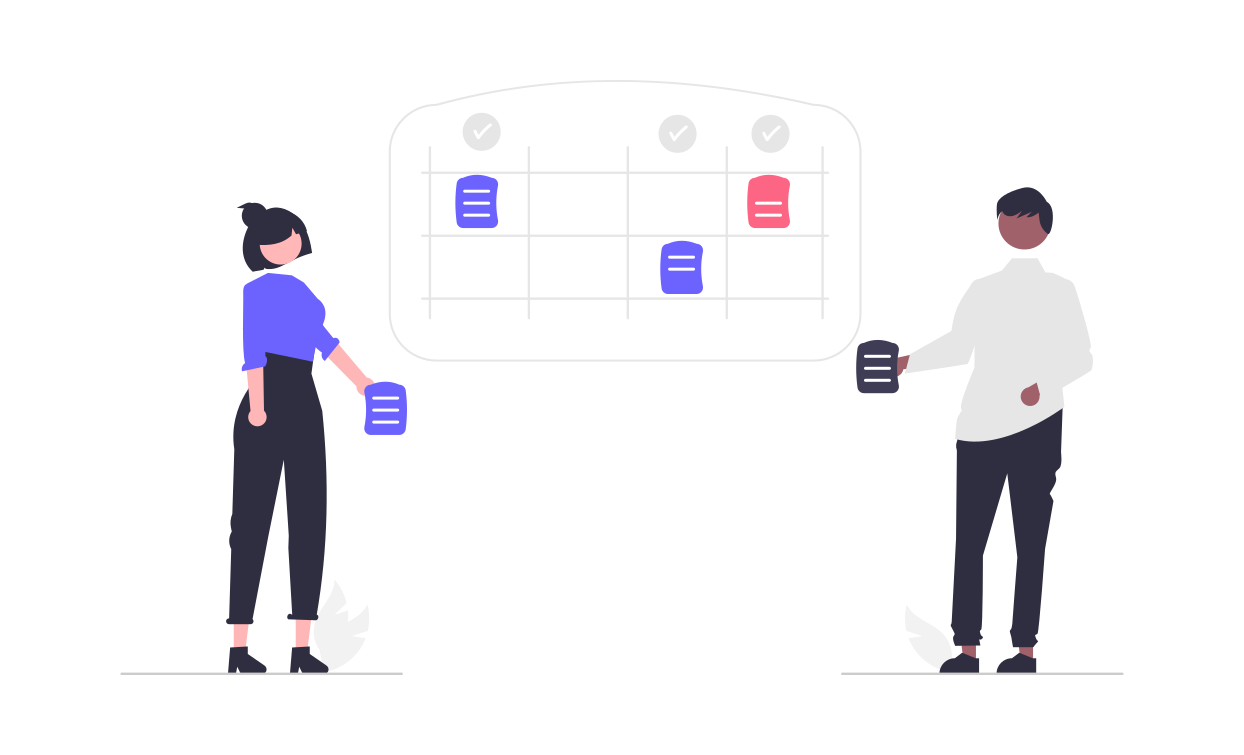Behavioral segmentation is a powerful tool that allows businesses to target their marketing efforts more effectively by understanding and categorizing customers based on their behaviors. This method focuses on how customers interact with your products, services, and brand, providing insights that can lead to more personalized and effective marketing strategies. Here’s a comprehensive guide to help you conduct behavioral segmentation for your business.
Step 1: Define Your Goals
Before diving into behavioral segmentation, it's essential to establish clear objectives. What do you hope to achieve? Whether it's improving customer retention, increasing sales, or enhancing customer satisfaction, having specific goals will guide the segmentation process and ensure it aligns with your overall business strategy.
Step 2: Collect Data
Behavioral segmentation relies on accurate and comprehensive data. Gather data from various sources, including:
- Website Analytics: Track user behavior on your website, such as page visits, time spent on each page, and conversion paths.
- Purchase History: Analyze transaction data to understand buying patterns and frequency.
- Customer Interactions: Look at customer service interactions, including inquiries, complaints, and feedback.
- Email Engagement: Monitor email open rates, click-through rates, and responses.
Step 3: Identify Key Behavioral Variables
Identify the behaviors that are most relevant to your business goals. Common variables include:
- Purchase Behavior: Frequency of purchases, average order value, and types of products purchased.
- Usage Behavior: How often and in what ways customers use your product or service.
- Engagement Behavior: Interaction with your marketing channels, such as email opens, social media interactions, and website visits.
- Loyalty Behavior: Indicators of customer loyalty, including repeat purchases and membership in loyalty programs.
Step 4: Segment Your Audience
Using the identified behavioral variables, segment your audience into distinct groups. Common segmentation techniques include:
- RFM Analysis: Segment based on Recency, Frequency, and Monetary value of purchases.
- Customer Lifecycle Segmentation: Categorize customers based on their stage in the customer lifecycle (e.g., new customers, repeat customers, lapsed customers).
- Engagement Segmentation: Group customers by their level of engagement with your brand (e.g., highly engaged, moderately engaged, disengaged).
Step 5: Develop Customer Profiles
For each segment, create detailed customer profiles or personas. Include demographic information, behavioral insights, and psychographic data. These profiles will help you understand the needs and preferences of each segment, guiding your marketing efforts.
Step 6: Tailor Your Marketing Strategies
With your segments and customer profiles in hand, tailor your marketing strategies to each group. Consider the following approaches:
- Personalized Messaging: Craft messages that resonate with each segment’s specific behaviors and preferences.
- Targeted Offers: Develop special offers and promotions that cater to the unique needs of each segment.
- Channel Optimization: Choose the most effective marketing channels for each segment based on their engagement behaviors.
Step 7: Implement and Monitor
Launch your tailored marketing campaigns and monitor their performance closely. Use analytics tools to track key metrics and assess the effectiveness of your segmentation strategy. Pay attention to:
- Conversion Rates: Measure how well each segment responds to your campaigns.
- Customer Feedback: Collect feedback to gauge satisfaction and identify areas for improvement.
- ROI: Evaluate the return on investment for your segmented campaigns.
Step 8: Refine and Adjust
Behavioral segmentation is an ongoing process. Regularly review your segments and the performance of your campaigns. Make adjustments as needed based on new data and insights. Continuously refining your segmentation strategy will help you stay aligned with your customers’ evolving behaviors and preferences.
Conclusion
Conducting behavioral segmentation can significantly enhance your marketing efforts by allowing you to target your audience more precisely. By following these steps, you can gather valuable insights into customer behaviors, create detailed segments, and tailor your marketing strategies to meet the unique needs of each group. Remember, the key to successful behavioral segmentation is continuous monitoring and refinement. Stay agile and responsive to your customers' behaviors, and you’ll see a substantial improvement in your marketing effectiveness.


